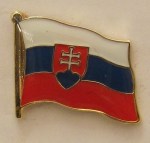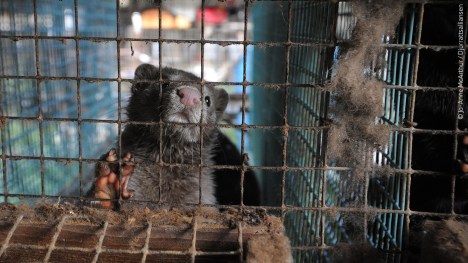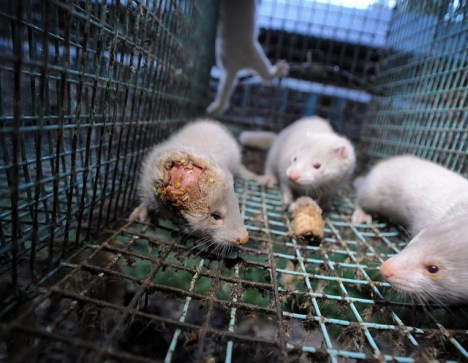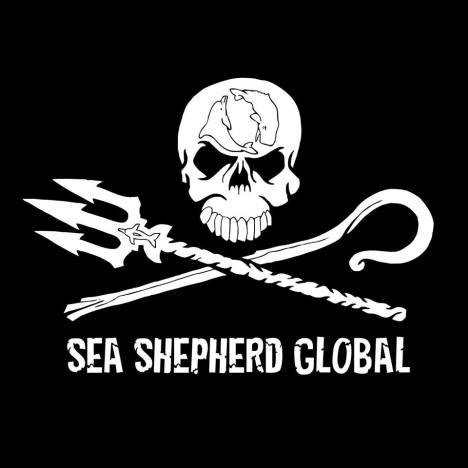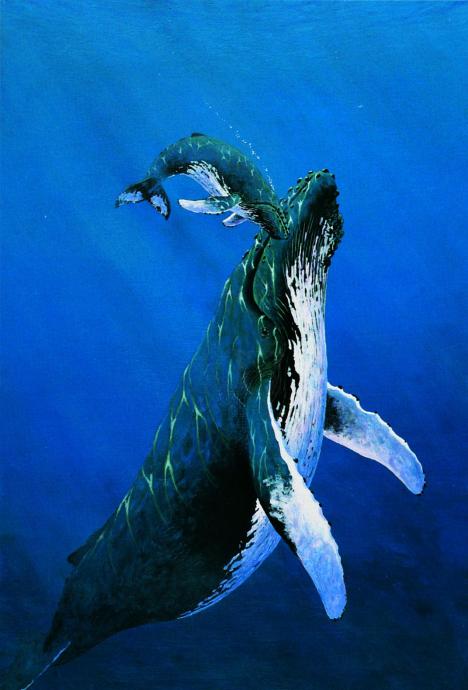“Humanity is also about our relationship with animals.” (Zuzana Caputová)
It is fixed! Slovakia bans fur farms! Animal rights activists cheer!
Since yesterday it is clear: Slovakia becomes the fifteenth country in Europe with a fur farm ban. After a mere seven-month campaign by the animal rights organization Humánny pokrok (human progress), yesterday was the day.
The Slovakian Parliament adopted an application for a ban on fur farming with an overwhelming majority of 117 out of 150 votes. With the blessing (signature) of President Zuzana Caputová, the ban on fur in Slovakia is now fixed.
A total of 76,000 people have signed a petition for a fur farm ban in Slovakia. According to surveys, 68 percent of the population supported such a ban.
From 2021 no new fur farms may be built, from 2025 the last fur farm has to close.
Fur farms hell on earth for animals
At the moment, there is a mink farm in Slovakia that has 5000 animals killed each year and eight rabbit farms, as informed by the association against animal factories. The animal welfare organization had launched an anti-fur farm campaign months ago and published pictures and videos from mink farms, among other things.
The images show sick minks with open wounds that live in barren, dirty, tiny lattice cages exposed to the weather. Since there are no animal welfare standards in fur farms, the animals are at the mercy of the owners. For mink and rabbit hell on earth.
It was the Association against animal factories (VgT), which at that time was instrumental in the ban on fur farming in Austria.
Already since 1998 the keeping of fur animals for fur production in Austria was forbidden according to § 25 Abs 5 animal protection law.
However, the ban on fur in Austria had an impact on neighboring countries, such as the Czech Republic or even Slovakia. Austrian fur farm operators switched to these and continued to produce there.
To prevent such a shift in the future, it would need a fur sales ban as in California.
Only a week ago, the governor of California, the fifth largest economy in the world, signed a bill banning the sale and production of new fur items from 2023 onwards. In addition, trap trapping for fur is prohibited in the future.
“It is a great victory for animals and a sign that the Slovak society is making progress and tens of thousands of people are ready to work for the animals and their protection.
Slovakia has taken a big step forward today and we hope that this is the beginning of a new, better future for animals in our country. “
(Martin Smrek, President of Humánny Pokrok)
“It is a good sign to make animal welfare a political issue in Slovakia, and we hope that we can also address other issues of animal cruelty.”
Frederika Fratričová, campaigner at Humánny Pokrok
https://tierisch.heute.at/a/48352385/es-ist-fix-slowakei-verbietet-pelzfarmen#Echobox=1573554225
https://vgt.at/presse/news/2019/news20191018fg.php
My comment: Thank you Slovakia 👍
Another country that prohibits fur farms.
Unfortunately, the transition period for existing farms lasts until 2025! Nevertheless, it is a success that will hopefully be joined by many more countries.
Other countries that are currently considering legislation to end fur farming are Ireland and Bulgaria. We wish soon, very soon, a similar ban from these, or best, from ALL countries!
My best regards to all, Venus
Filed under: GENERAL NEWS - International / National / Regional | Leave a comment »



